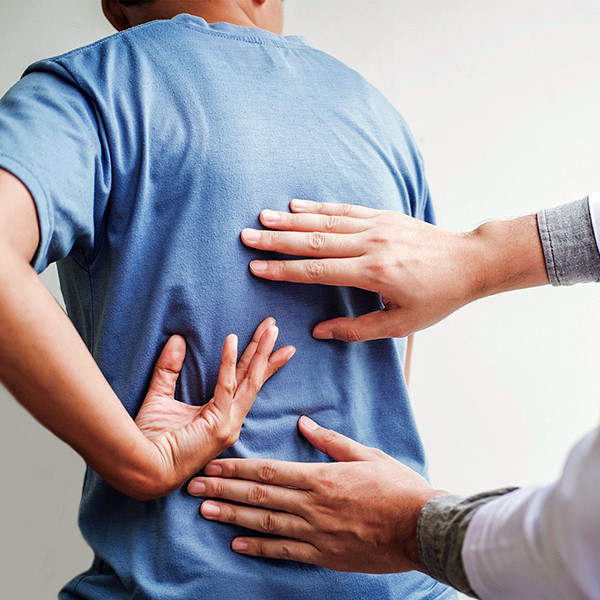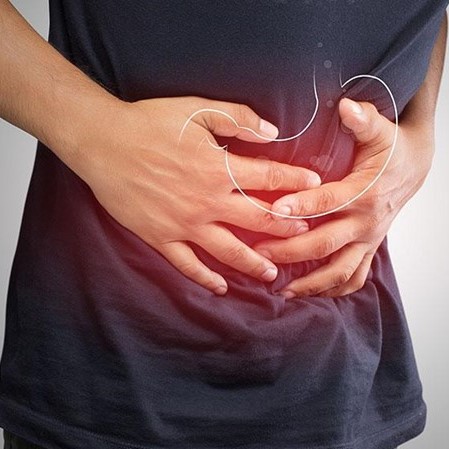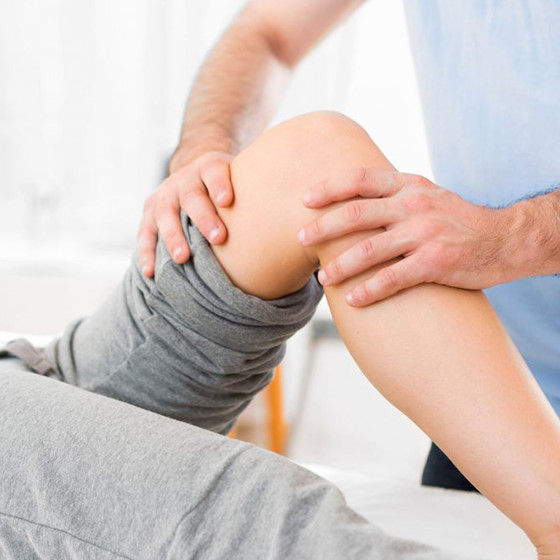Conditions We Treat

Neck Pain
Neck pain is pain in or around the spine beneath your head, known as the cervical spine. Neck pain is a common symptom of many different injuries and medical conditions.
Common causes include osteoarthritis, spinal stenosis, herniated disc, pinched nerve, mental and physical stress and strain, poor posture, tumors and other health conditions.

Back Pain
Low back pain can result from many different injuries, conditions or diseases — most often, an injury to muscles or tendons in the back.
Pain can range from mild to severe. In some cases, pain can make it difficult or impossible to walk, sleep, work or do everyday activities.
Lower back pain is very common. It can result from a strain (injury) to muscles or tendons in the back. Other causes include arthritis, structural problems and disk injuries.

Knee Pain
Knee pain may be the result of an injury, such as a ruptured ligament, meniscus or torn cartilage.
Medical conditions — including arthritis, gout and infections — also can cause knee pain.

Ankle Injuries
A sprained ankle is an injury that occurs when you roll, twist or turn your ankle in an awkward way. This can stretch or tear the tough bands of tissue (ligaments) that help hold your ankle bones together.
Signs and symptoms of a sprained ankle vary depending on the severity of the injury. They may include:
- Pain, especially when you bear weight on the affected foot
- Tenderness when you touch the ankle
- Swelling
- Bruising
- Restricted range of motion
- Instability in the ankle
- Popping sensation or sound at the time of injury

Frozen Shoulder
Frozen shoulder, also called adhesive capsulitis, involves stiffness and pain in the shoulder joint. Signs and symptoms typically begin slowly, then get worse. Over time, symptoms get better, usually within 1 to 3 years.

Rotator Cuff Injuries
Rotator cuff injuries are common and increase with age. These injuries may occur earlier in people who have jobs that require repeatedly performing overhead motions, such as painters and carpenters.
The pain associated with a rotator cuff injury may:
- Be described as a dull ache deep in the shoulder
- Disturb sleep
- Make it difficult to comb your hair or reach behind your back
- Be accompanied by arm weakness

Tennis Elbow
Pain and weakness may make it difficult to:
- Shake hands or grip an object
- Turn a doorknob
- Hold a coffee cup

Golfer’s Elbow

Any kind of muscular spasms

Ankylosing Spondylitis
Ankylosing Spondylitis is believed to be an autoimmune or auto inflammatory type of arthritis in which there is a long-term inflammation of the joints of the spine, typically where the spine joins the pelvis.
- Occasionally other joints such as the shoulders or hips are involved.
- Eye and bowel involvement may also occur.
- Ankylosing spondylitis affects men more often than women

Acidity, Bloating, Gastric Issues
Acidity is a medical condition that causes excess acid production in the body. It can lead to gas, bloating, flatulence, heartburn and acid reflux. Whereas Bloating is the sensation of having a full stomach.

Headaches and Migraines
Migraine is a headache that can cause severe throbbing pain or a pulsing sensation, usually on one side of the head. It’s often accompanied by nausea, vomiting, and extreme sensitivity to light and sound. Migraine attacks can last for hours to days, and the pain can be so severe that it interferes with your daily activities.

Counselling towards prevention and treatment of cancer

Nutrition counselling for diabetes, weight loss, blood pressure, skin conditions

Rehabilitation Post Any Surgery
Post surgical rehabilitation may be necessary for a variety of surgical procedures including orthopaedic, cardiac, thoracic, neurological and abdominal surgery. All types of surgery present with a number of post operative consequences.
These include:
- Orthopaedic- pain, reduced strength, reduced range of movement, postural problems, swelling, balance and coordination problems
- Cardiac/thoracic- pain, reduced exercise levels, breathing difficulties, reduced mobility, postural problems
- Neurological- weakness, breathing difficulties, reduced mobility, muscle shortening, loss of sensation
- Abdominal- pain, breathing difficulties, continence problems, reduced mobility

Physiotherapy for stroke and neuro-rehabilitation cases
The rehabilitation process depends on the individual so there are various approaches that can be used. There are some direct treatments as well as education and training for the patient and any carers involved.
Techniques:
- Bobath approach
- Brunnstrom
- Roods approach

Post trauma rehabilitation (Fracture)
Fracture is a break in a bone which disrupts its continuity.
Physiotherapy during fracture healing will concentrate on:
- Promoting healing
- Encouraging weight bearing
- Maintaining strength of weakened muscles
- Maintaining range of movement of the affected and surrounding joints
- Reducing pain
- Reducing swelling
After your fracture has healed and/or your cast has been removed physiotherapy is continued for 3-12 months or until you have regained your full level of function. The aims of physiotherapy are to:
- Progress weight bearing activities
- Return to full function
- Return strength and full range of movement to muscles / joints
- Focus on sport-specific rehabilitation
- Optimise the range of movement at the affected joint
